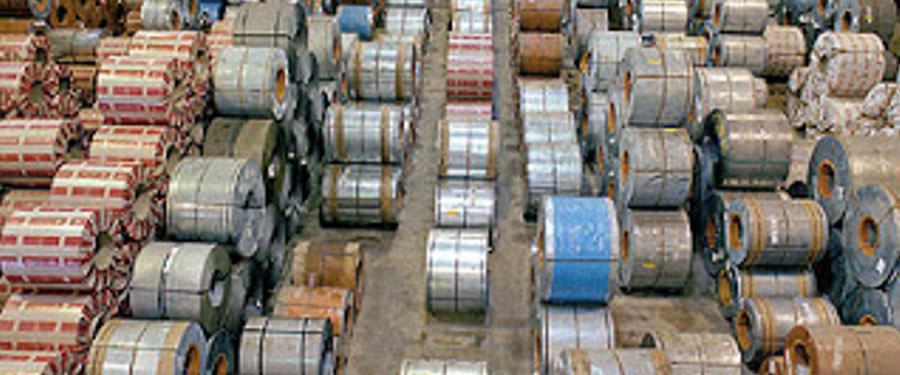
In most production companies material costs account for almost 70% of manufacturing costs and 50% of operating costs. The longer the lead time, the higher the material costs.
The reasons for long production lead times are usually very diverse and therefore require a complex array of measures to effect a system change that brings you closer to a Lean management system to reduce lead times and increase the inventory turnover rate.
Below you will find some of the typical reasons for long lead times and high material inventory.
Most production companies have multi-level manufacturing processes. Setup times, production processes and production cycle times are usually very different. In addition, production processes are rarely linear, but run parallel, merge or branch. There are also alternative resources (with different process times compared to the main resources) and alternative process routes.
Varying products and different order quantities pose an additional challenge to the synchronization of production processes. Against this background, the reasons for non-synchronous processes may be:
Customer orders are not received evenly. The "art" is to plan the utilization of process capacities in advance and manage any necessary adjustments as early as possible (front-loading). The reasons for non-provision of process capacities in line with demand are as follows:
An ERP system calculates the production scheduling with fixed lead times and infinite capacities. The MRP calculation is then based on these incorrect or unrealistic assumptions.
Your suppliers also use this same faulty scheme to calculate their production and material planning. Since the proportion of purchased parts and reliance on external suppliers is often very high, Lean know-how and experience in your purchasing (supplier management) is just as important as in your lean production department.
Missing parts and poor delivery reliability are due to:
An often-forgotten aspect of Just-in-time manufacturing is the provision of 100% correct design drawings and technical/material specifications to the purchasing, material planning and production departments. This is particularly true for manufacturers with predominantly custom or made-to-order production. Receiving accurate design documentation “Just-in-time” is the basis for a reliable production and can be delayed by the following:
In our Kaizen-/Lean consulting to implement just-in-time production and reduce operating costs, we follow the motto "only results count!"